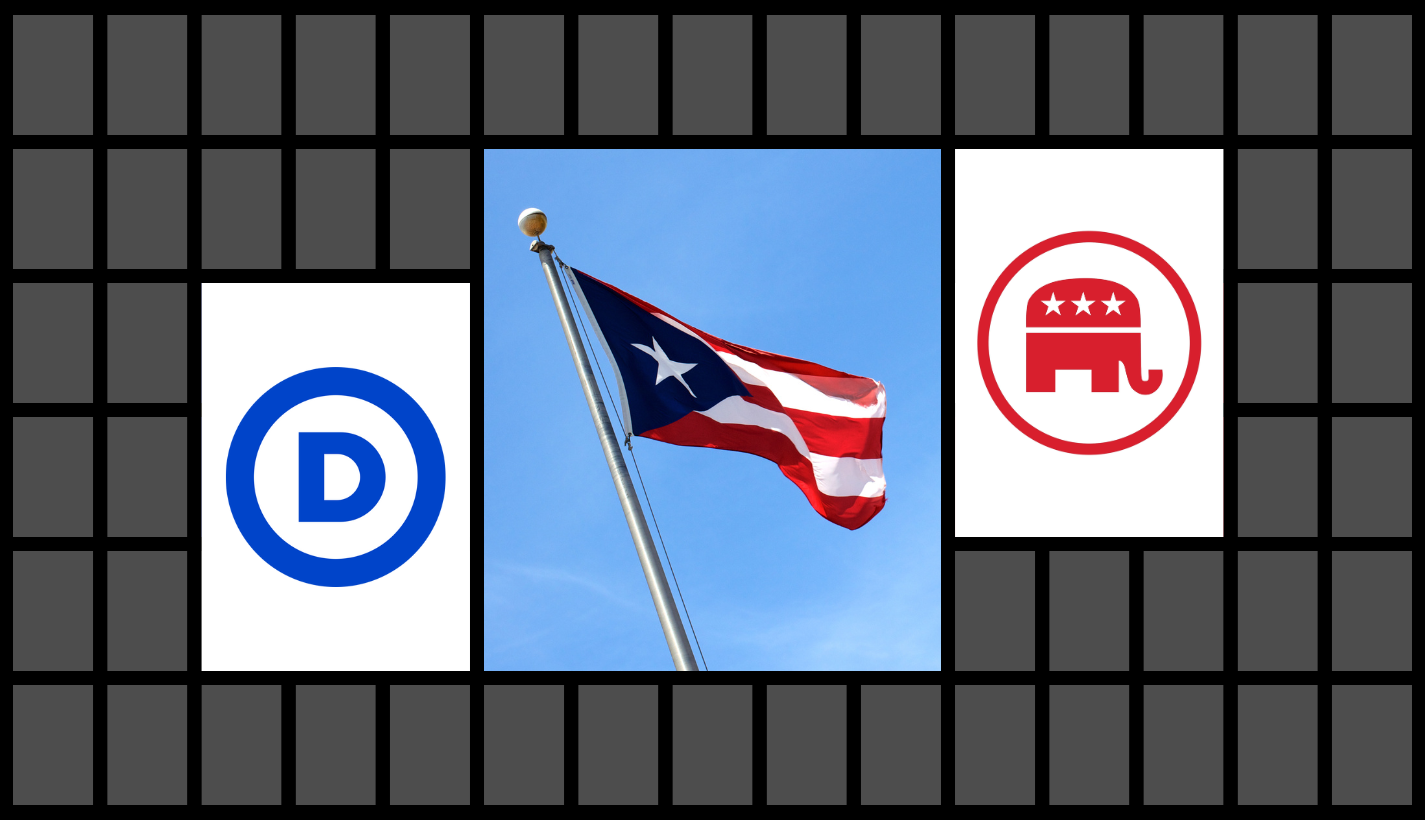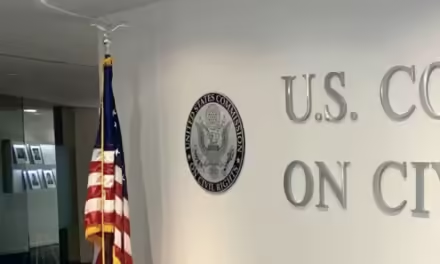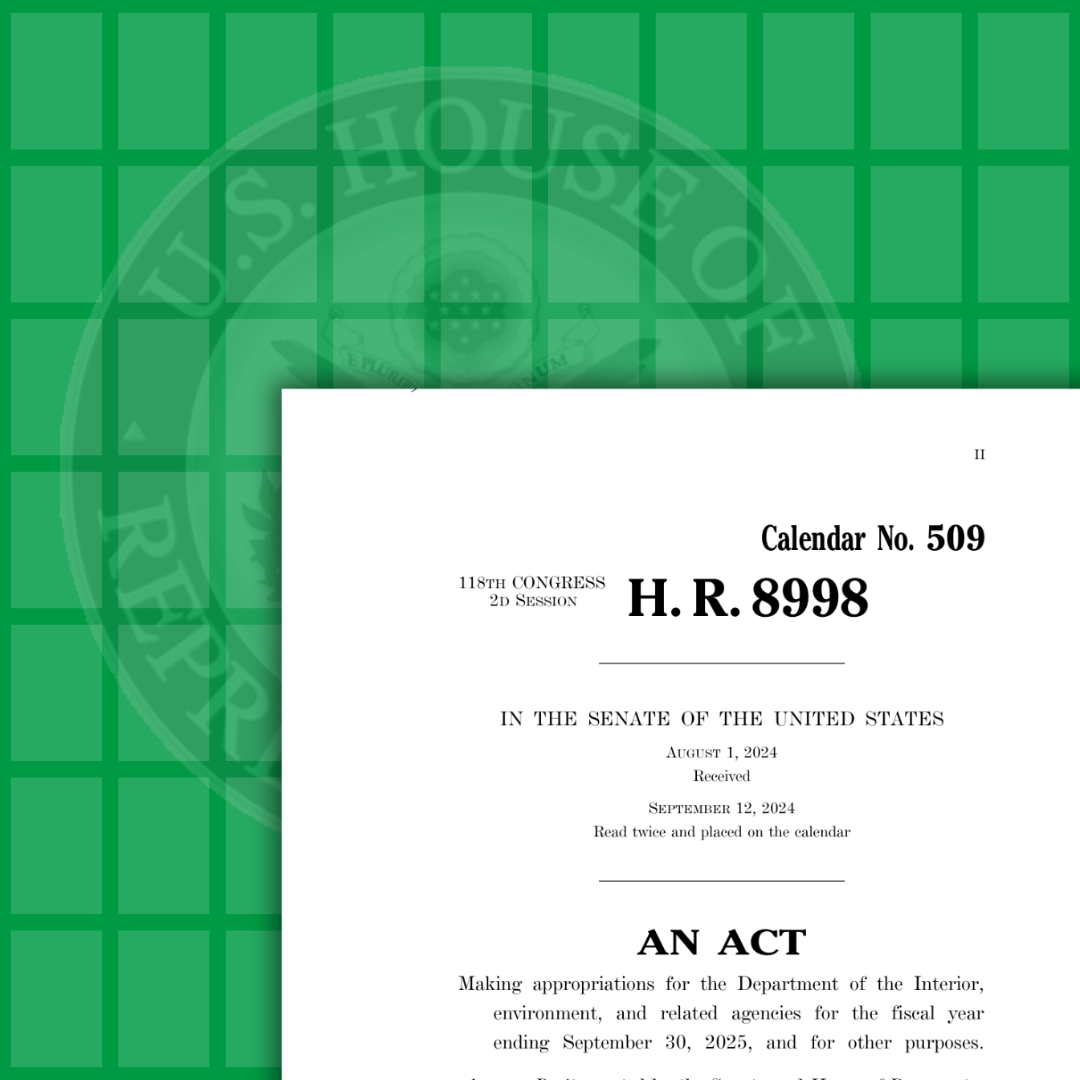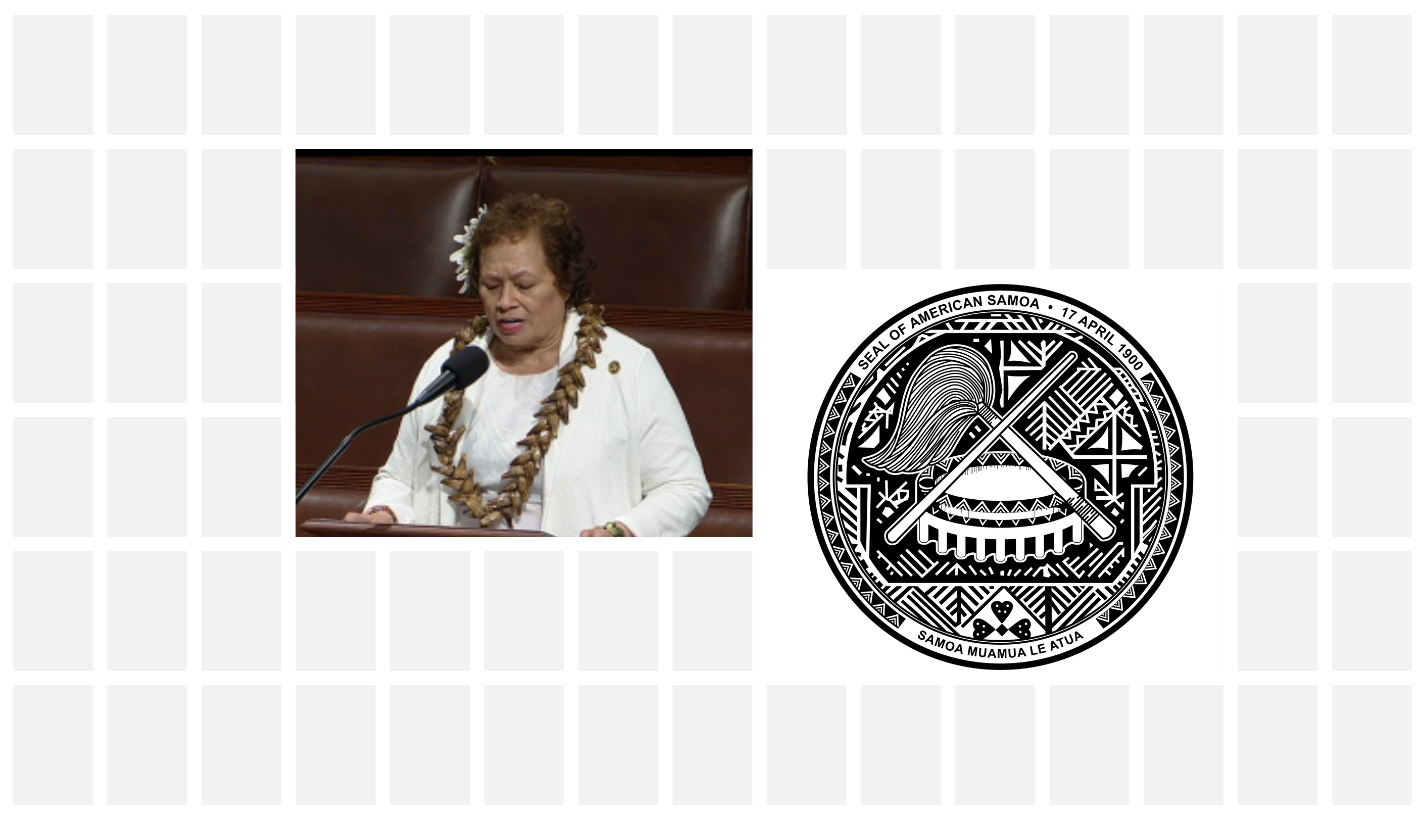After postponing due to Hurricane Fiona, the United States House Committee on Natural Resources held its oversight hearing on Puerto Rico’s post-disaster reconstruction and power grid development.
Puerto Rico’s original electrical utility, the Puerto Rico Electric Power Authority (PREPA), was privatized after failing to address an aging electrical system and issues of financial mismanagement. LUMA Energy took control of electrical power transmission and distribution in Puerto Rico on June 1, 2021, under a 15-year contract. LUMA Energy, which has already come under fire, officials from the Puerto Rican government, and community advocates testified to the territory’s electricity issues and efforts to resolve them. In a memo forwarded to Republicans on the Natural Resources Committee, staffers noted, “Over the past year, there has been broad dissatisfaction and protests against LUMA related to many power outages, which have been significant in both frequency and duration, rising electricity rates, and a perceived lack of customer service. However, placing sole blame for the island’s energy woes on LUMA ignores PREPA’s current role as the generator of electricity, the legacy issues of PREPA’s mismanagement of finances, and past underinvestment in infrastructure in the whole system.”
During the hearing, representatives also highlighted Federal Emergency Management Agency’s (FEMA) role in rebuilding Puerto Rico. Over two-thirds of the $80.3 billion funding authorized by Congress to FEMA for recovery projects have not been used due to Puerto Rico’s debt issues and its inability to reimburse FEMA. Increasing rates, longer and more frequent power outages, and poor customer service have eroded support for LUMA. However, the increase in fuel prices, supply chain issues, and PREPA’s issues with providing fuel are also to blame for the territory’s energy crisis. PREPA is responsible for generating electricity on the island, leaving LUMA with few options to manage rate increases related to fuel price increases. Republicans on the committee asserted LUMA was making progress. LUMA restored power to 1.5 million customers in 26 days after Hurricane Fiona. During Hurricane Maria in 2017, areas of Puerto Rico lacked power for over a year.
Pierluisi testified, “LUMA also must lead the redesign and reconstruction of our electric grid to make it more modern, reliable, able […] to avoid island-wide outages, and able to [interconnect] microgrids and renewable energy systems.” Pierluisi noted that LUMA has already started grid reconstruction, repairing substations, replacing poles and streetlights, and connecting over 33,000 new solar customers. Towards the end of his testimony, the governor said, “While we recognize there have been delays, the path towards modernization has been set and we are committed to providing modern and reliable electric service to all on the island.” Bahramirad largely concurred, noting the need to address past infrastructure failures and the fragility of the energy grid. She said, “LUMA takes very seriously the need to improve the reliability and resiliency of Puerto Rico’s transmission and distribution system. In spite of the challenges we have faced, LUMA has made substantial progress.”
Representatives also heard from critics. Charlotte Gossett Navarro, Puerto Rico Chief Director of the Hispanic Federation, testified, “The recovery from Hurricane Maria and subsequent disasters has been tragically slow, and I say tragic because at its best it has created daily inconvenience, but at its worst, it has resulted in more preventable deaths for our most vulnerable residents. This is true, particularly in the context of the electric grid recovery, which has increasingly experienced rolling blackouts leaving residents without power more often and for a longer time than any US state.”
Community environmental lawyer Ruth Santiago echoed the sentiments, and also warned against giving LUMA control over federal funds for reconstructing the electric system. Santiago testified, “FEMA, LUMA and local authorities have opted to rebuild the exact same centralized system that repeatedly collapses. For residents, businesses, and institutions in Puerto Rico, the LUMA Contract has been nothing less than a disaster. Electric service under LUMA has worsened–since LUMA took over […] there are more power outages and voltage fluctuations. The use of the historic amount of FEMA funds allocated for the electric system will determine the viability of Puerto Rico for generations to come. Using FEMA funds to rebuild the centralized Puerto Rico grid is a terrible waste of taxpayer money.”
Resident Commissioner Jenniffer González-Colón (R, NPP) also spoke during the hearing, saying “The American citizens in Puerto Rico, my constituents, find out about all those billions [in FEMA funding] and ask a simple question: where are they? They need to see infrastructure recovery today. Not in 2030 and not in 2040.” González-Colón brought up LUMA’s unreliable service, constant blackouts, offline power plants, exploding substations, downed transmission lines, and the fact that Puerto Ricans have the most expensive electricity costs in the country. The Resident Commissioner ended, “So Puerto Ricans ask, and rightly so, what is being done with the billions of dollars in aid? What are the plans? When will we see results? Our people deserve no less.”












0 Comments